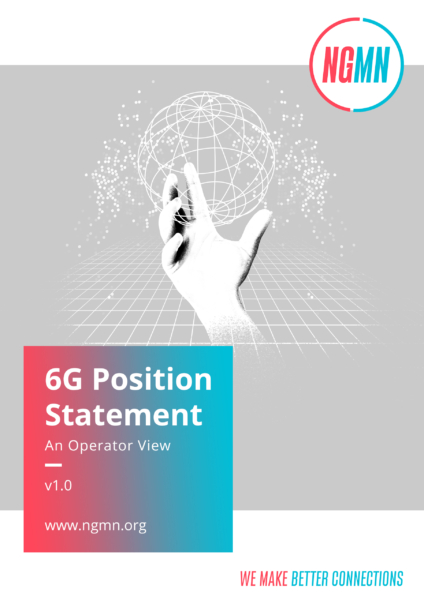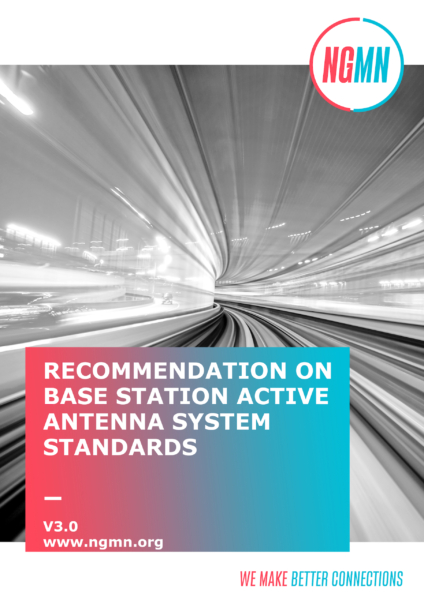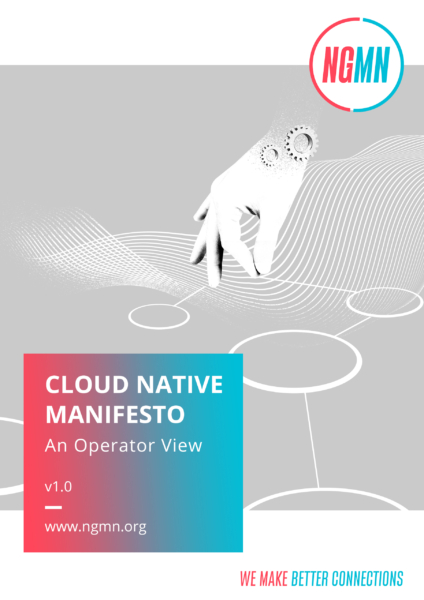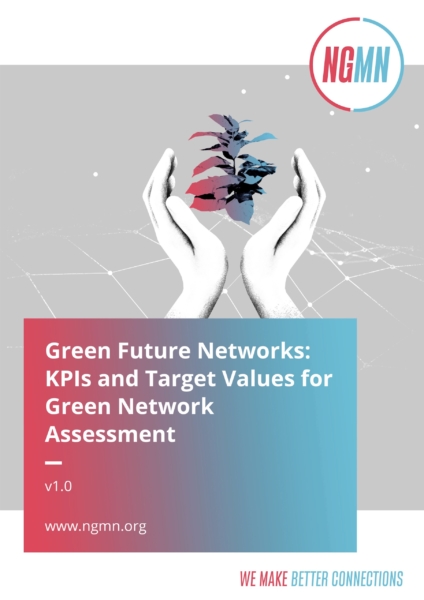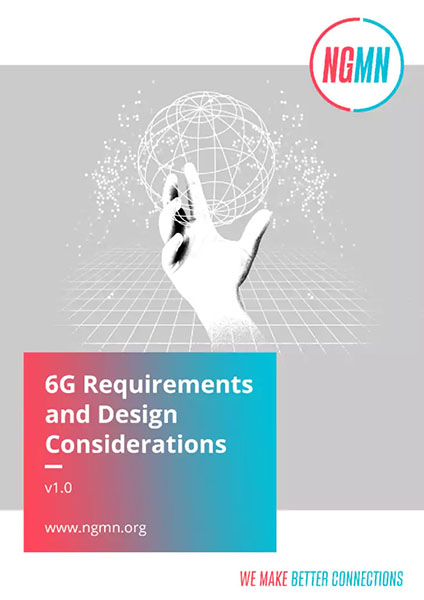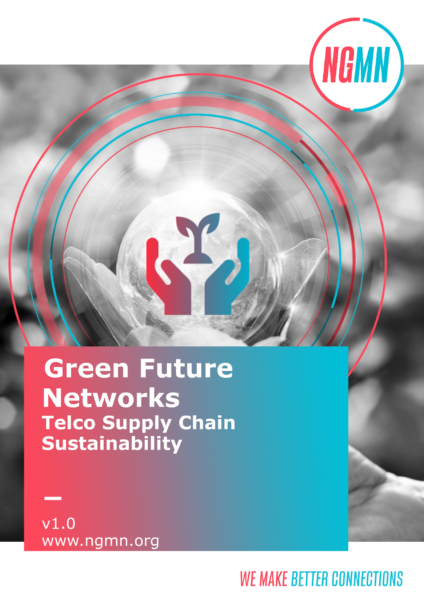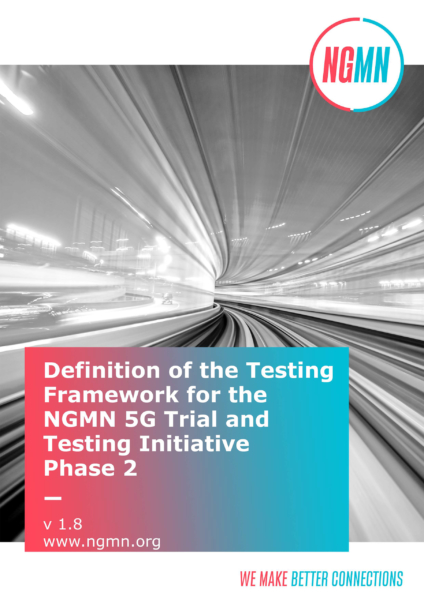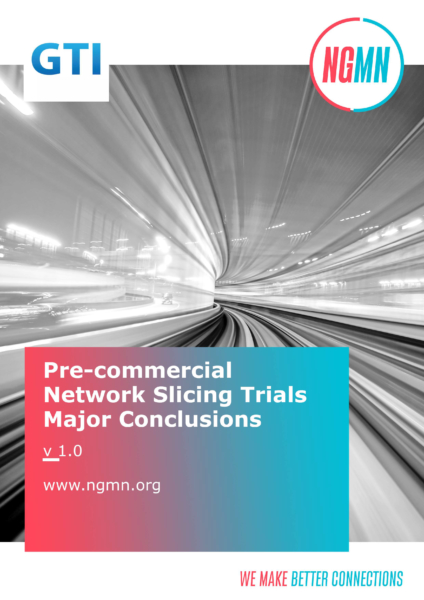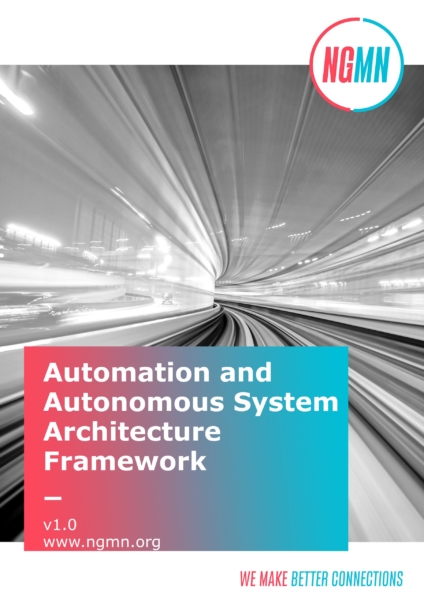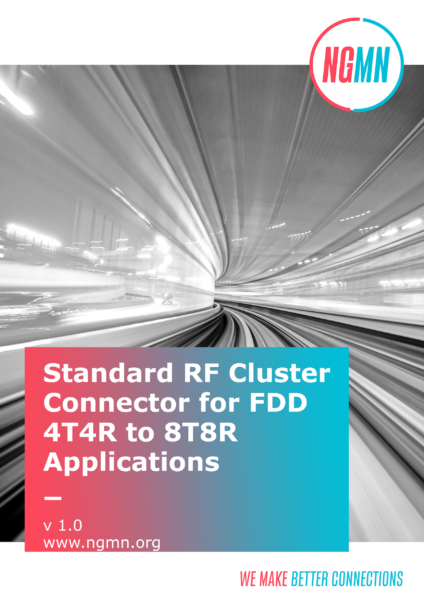6G Position Statement
This essential publication guides a course for the future of communication networks and calls the industry to transform the way new technology generations are introduced enabling compelling new services and capabilities for end users while streamlining network operations and prioritising sustainability.
It provides comprehensive guidance across several key requirements and design principles, including network simplification, absolute energy reduction, network AI transformation and predictive network management, safe and resilient infrastructure, global 6G standards, software upgrade to 6G, no intrinsic need for hardware refresh, no compromise to existing services (Voice) and access across mobile, fixed and non-terrestrial networks.
